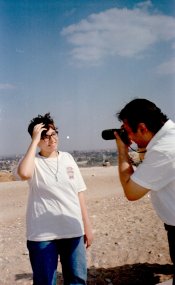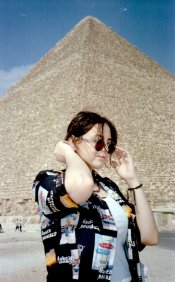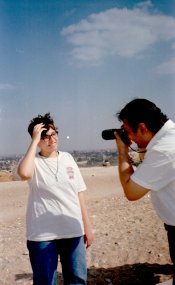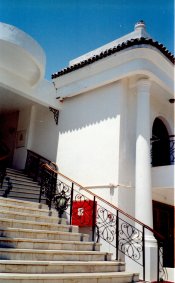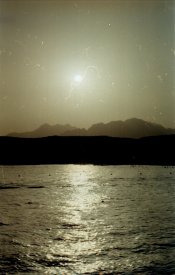quiver
Member
- Joined
- Feb 7, 2006
- Messages
- 64
- Format
- Multi Format
Back in 2019 I had ordered CD-4 from a well known photo chemical supplier. All indications at the time when I had first tried to use it would have seemed to indicate that it was in fact probably CD-2. So I changed the mixing order and tried to make the best of it. Recently I ordered more chemistry from them and received a note in the shipment. In this note it indicated that the manufacturer in China at the time had sent this to a third party who then mislabeled it. At the time the importer had thought all the mislabeled product was sent to Kodak, but they had ended up with some of it.
Has any one here processed c-41 films with CD-2? If so what has your experience been with the result? Also can anyone here make a suggestion for a developer formula using CD-2? I've been using publicly avialble C-41 recipes, but things don't quite look as good as what I think they could. And yes it's the wrong color developer, so of course it would look wrong, but I'm sure it could be better optimized.
I do have a whole can of Kodak movie print film that I could start using as a negative film, but I understand that as a process film that its slow, so using this with C-41 or even ECN-2 films would be preferred.
Has any one here processed c-41 films with CD-2? If so what has your experience been with the result? Also can anyone here make a suggestion for a developer formula using CD-2? I've been using publicly avialble C-41 recipes, but things don't quite look as good as what I think they could. And yes it's the wrong color developer, so of course it would look wrong, but I'm sure it could be better optimized.
I do have a whole can of Kodak movie print film that I could start using as a negative film, but I understand that as a process film that its slow, so using this with C-41 or even ECN-2 films would be preferred.








